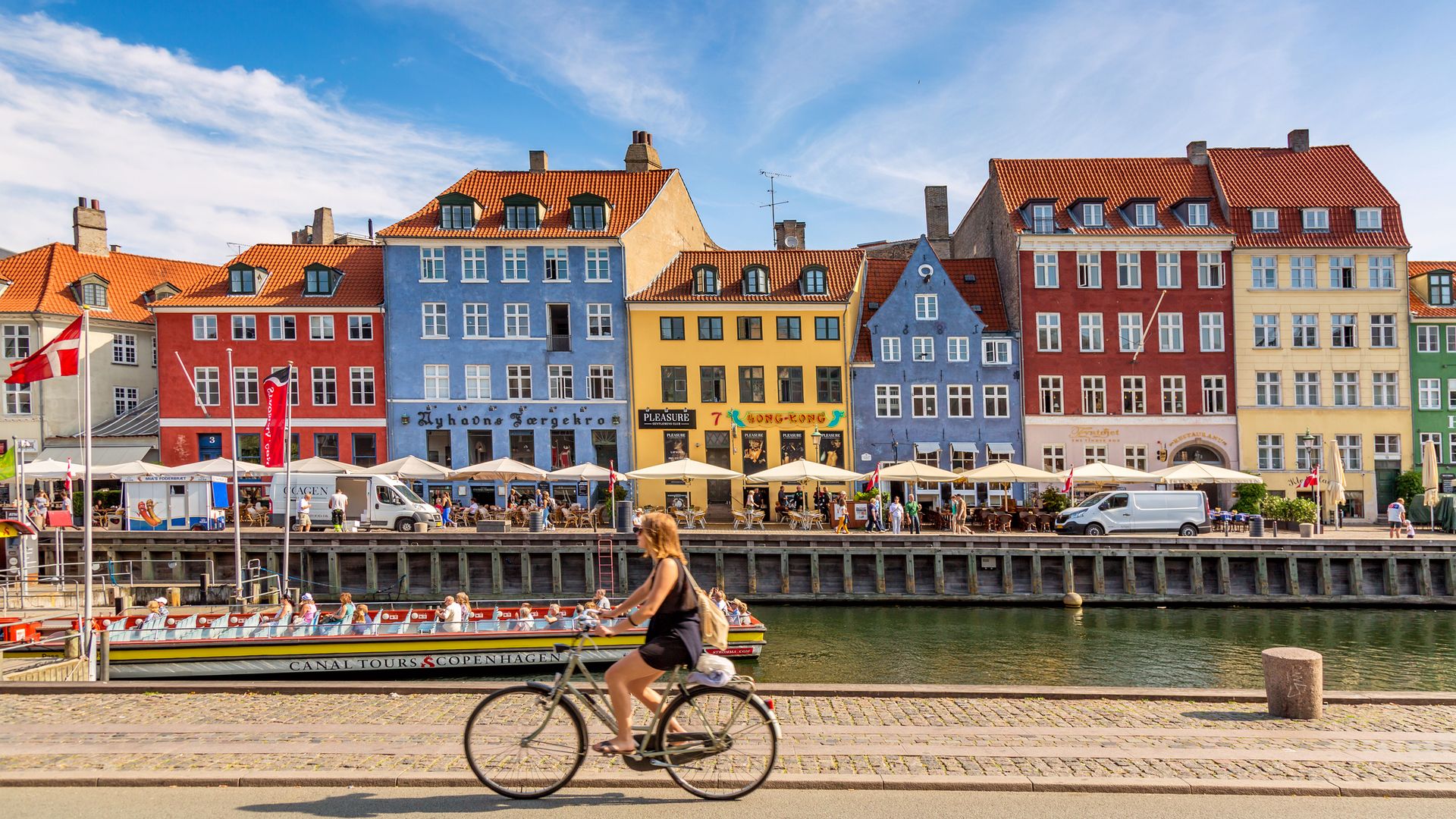
The UK government is expected to take inspiration from Denmark in its latest crackdown on migration.
The Nordic country has developed some of the toughest illegal migration policies in Europe despite being led for six years by a centre-left politician.
Prime Minister Mette Frederiksen’s “zero refugees” policy is not just popular – it has enabled her to face down her right-wing opponent, our political correspondent Amanda Akass writes.
So how does it work?
The number of successful asylum claims in Denmark has fallen to a 40-year low – and 95% of failed claimants are deported.
One of the more controversial policies is a “jewellery law”, which allows the government to seize asylum seekers’ assets, including their jewellery, to fund their stay in the country.
Another controversial one is what the Danish government previously called its “ghetto package”, which aimed to promote integration by allowing the state to sell off social housing in certain areas.
Areas with over 1,000 residents were defined as ghettos if more than 50% were “immigrants and their descendants from non-Western countries”.
Now, the government calls them “parallel societies” and in these areas, new tenancies cannot be offered to non-EU migrants. If they are still classed as “parallel” after five years, local authorities must reduce the proportion of public housing to 40%.
Read More:
Home secretary to tackle UK’s ‘excessive generosity’ with sweeping immigration reforms
From asylum to settlement
Asylum seekers in Denmark are granted only temporary, two-year protection initially.
Those refused asylum are required to live in ‘departure centres’ to incentivise voluntary return.
Residency can be revoked once a country is deemed safe, and there are regular reviews to allow deportations if the conditions in a person’s home country has improved.
People are eligible for settlement usually after eight years and only then if they meet all of what the government calls “basic requirements”.
These include being in long-term full-time employment and having a high standard of Danish. They also can’t have claimed benefits within the previous three years.
As well as meeting all basic requirements, two supplementary requirements must also be met. These include exhibiting “active citizenship” and earning above a certain salary threshold.
Family reunification
Denmark also has tougher rules on family reunification – both the sponsor and their partner are required to be at least 24 years old, which the Danish government says is designed to prevent forced marriages.
The sponsor must provide a financial guarantee for their partner. Both must also pass a Danish language test.
Partner countries
In 2021, the government passed a law that allowed refugees arriving on Danish soil to be moved to asylum centres in a partner country.
They subsequently agreed with Rwanda to explore setting up a programme, although that has been put on hold.

